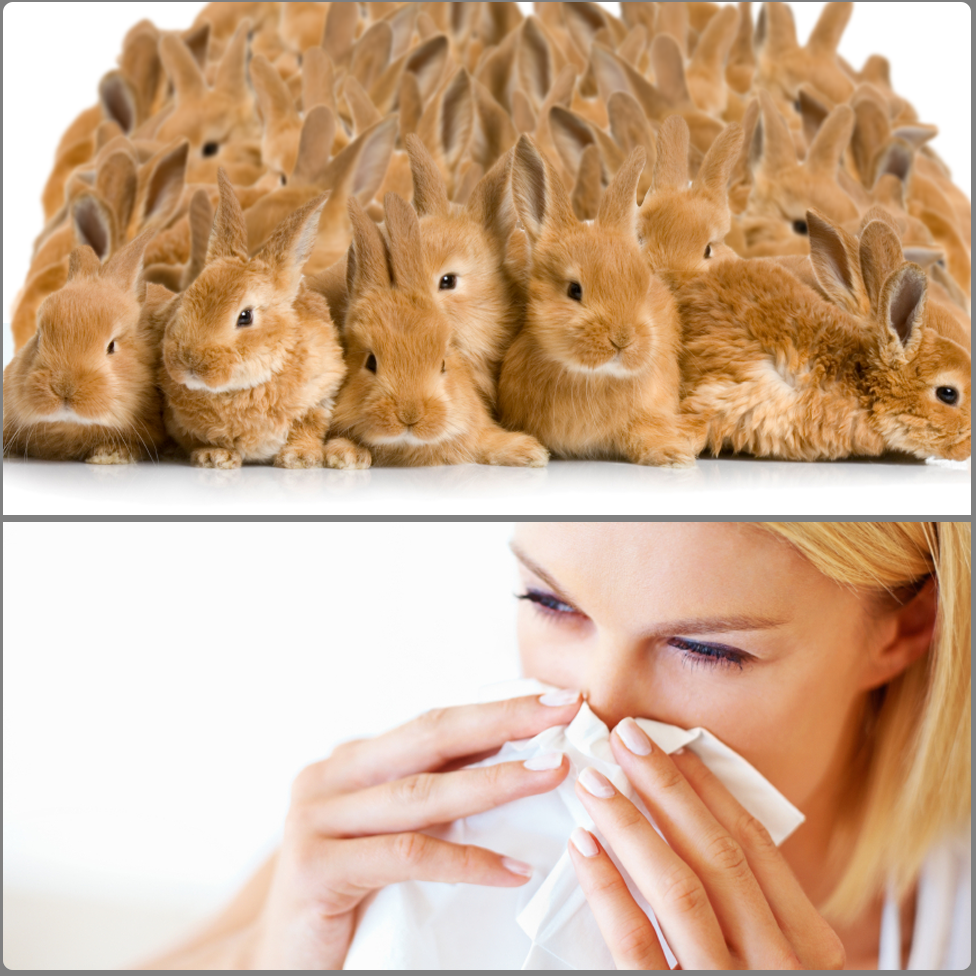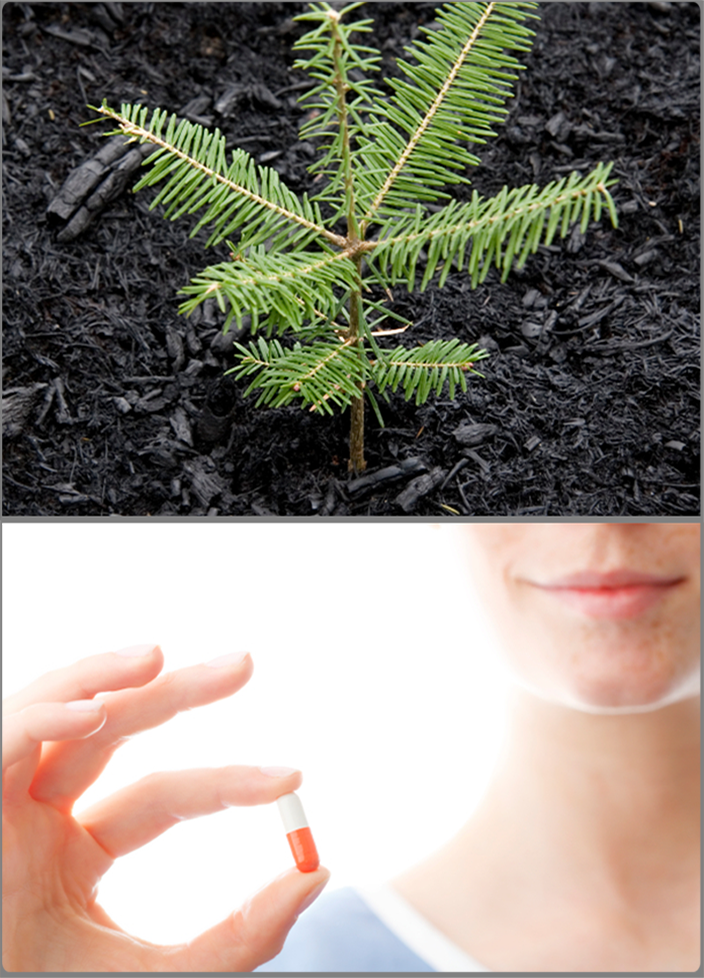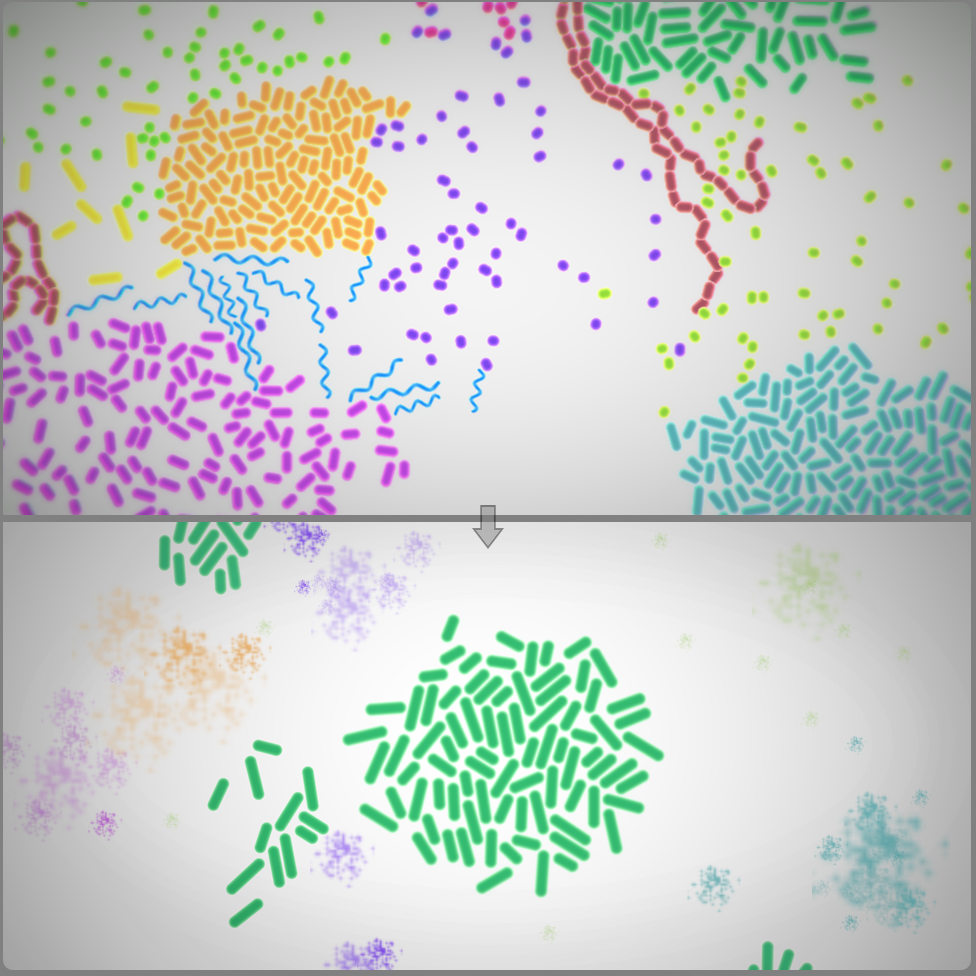Conditions that vary
Abiotic (or non-living) factors vary among your body's ecosystems—often by a lot. Below are some examples. Can you think of more?
- Temperature—skin is cooler, especially on extremities like hands and feet
- pH—skin, upper GI tract, and vagina are acidic
- Water—skin has dry, exposed areas and moist creases; areas inside the body are much more moist than skin
- Oxygen—pockets around teeth have little oxygen, skin has the most
- Available nutrients—oils on the skin, food in the gut, dead cells, secretions
- UV light—certain areas of the skin have more exposure than others
- Substrate—hard (teeth) vs. soft (cheeks, tongue) areas of the mouth, for example


